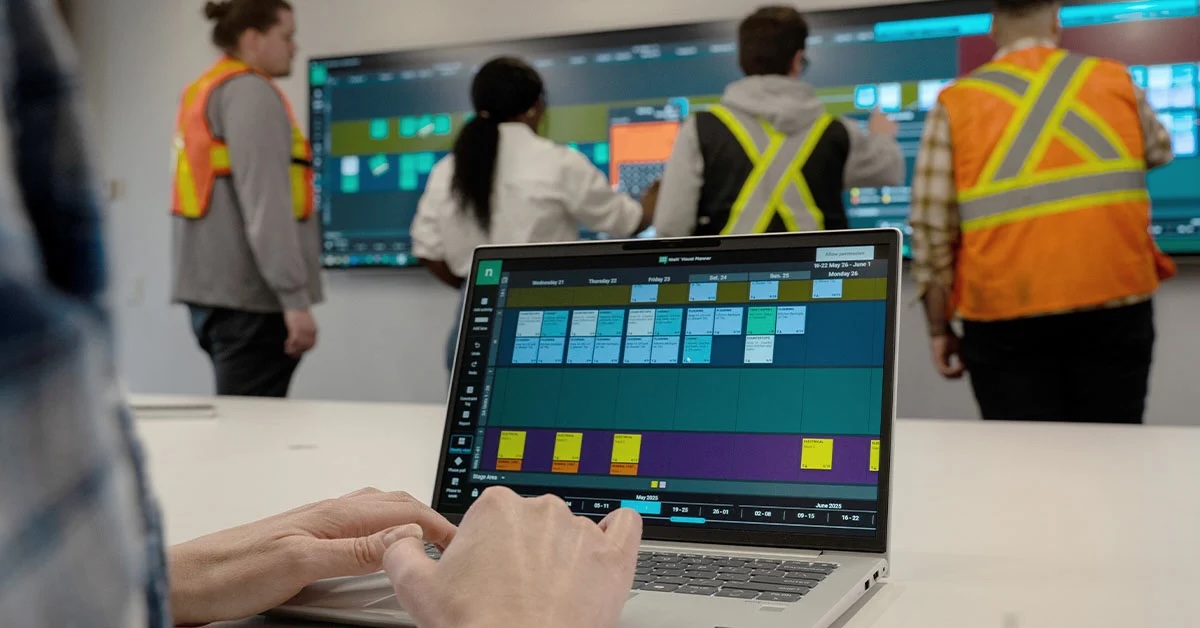
Buro Happold develops parametric façade design tool
Buro Happold has developed a parametric façade design tool that it claims could reduce the cost of residential apartment construction by up to £10,000 per unit.

The tool combines data science, machine learning and game engine visualisation to offer design guidance from RIBA Stage 2 onwards. It evaluates nearly three million façade configurations using parameters such as glazing type (U-value), window-to-wall ratio, openable area, shading strategies, G-value, thermal bridging and air permeability. These are processed through Buro Happold’s proprietary BHoM (Buildings and Habitats Object Model) software and visualised in a game engine environment, allowing design teams to toggle between daylighting, overheating and energy scenarios in real time.
Buro Happold then applies machine learning to the dataset to offer an infinite number of façade options in seconds.
Ben Richardson, director of sustainability and physics at Buro Happold, said: “We’ve modelled more than 3 million different residential buildings – that’s roughly the size of London. This means we can initially bypass the need for modelling, and instead use our database to instantly provide architects and clients with data-backed, visual guidance on what will work for their specific design goals.
“The tool is fully compliant with Greater London Authority requirements and integrates official SAP engines, IES, and CIBSE TM59 methodologies. This ensures that outputs are not only technically robust but also suitable for inclusion in formal energy statements.”
The tool is being trialled on UK residential projects, and has the potential to be adapted for other building types, including commercial and mixed-use developments
Four years’ research
It is the result of a four-year research initiative, undertaken by Buro Happold’s Sustainability and Physics team, to explore how emerging technologies can optimise facade design early in the process – without compromising compliance or cost.
Buro Happold has significant experience in residential development. Involvement in projects such as the O2 Centre Finchley Road masterplan in London played a key role in the development of the tool.
The implications for design teams are significant, Buro Happold stated. “By enabling passive design strategies that eliminate the need for comfort and trim cooling, the parametric façade design tool can deliver savings of up to £10,000 per apartment. Beyond cost, it also provides early certainty on meeting daylight, carbon, and overheating targets – reducing risk and streamlining the design process.”
Buro Happold points out that the tool offers architects “early-stage clarity before the design freeze, while quantity surveyors benefit from more detailed façade data to inform cost planning”.
Keep up to date with DC+: sign up for the midweek newsletter.



